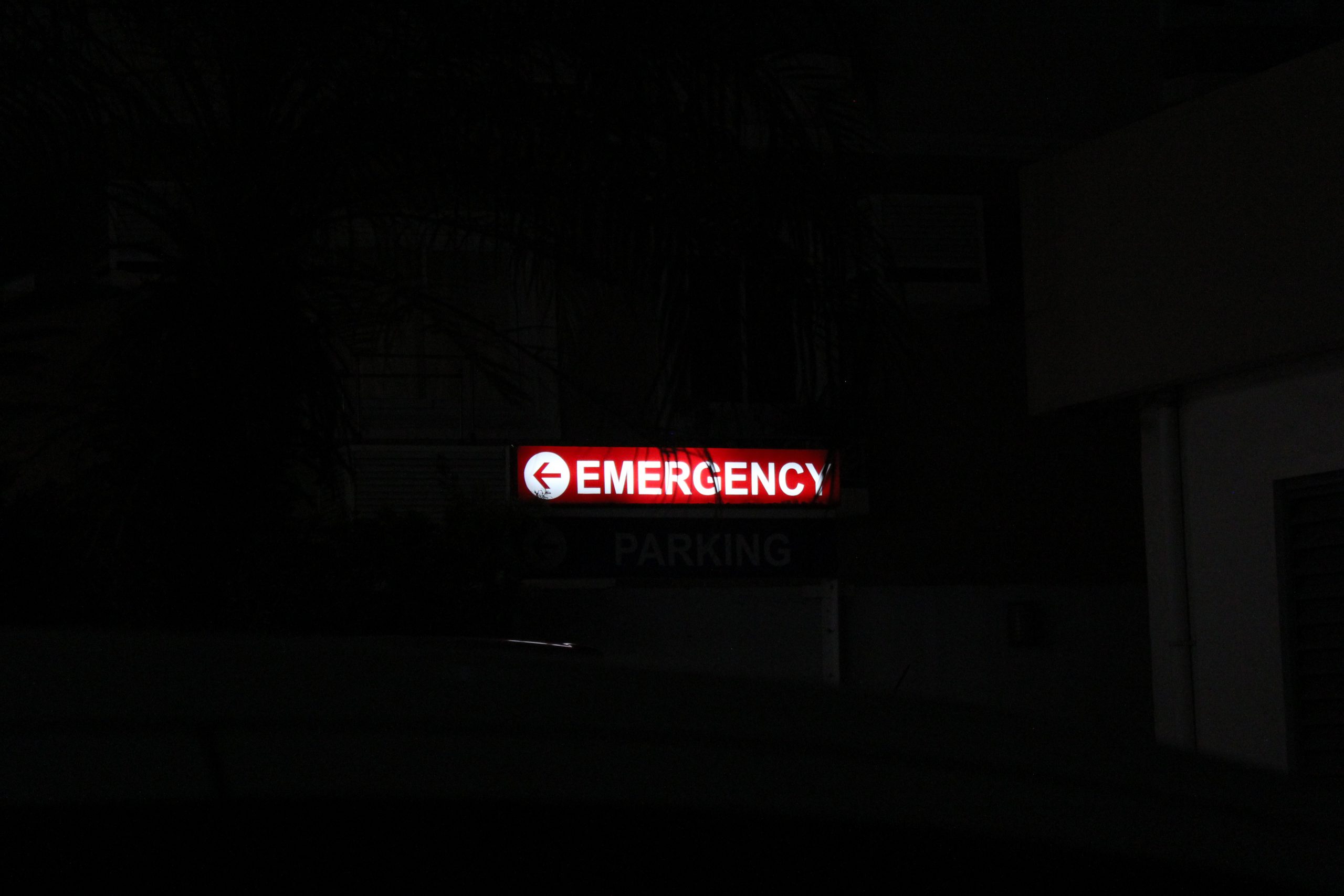In Part 1 of the series on better healthcare through tech in EMS, Dose of Healthcare touched on apps that assist in preparing, diagnosing, and responding to emergencies. Here, the focus is on the logistics of EMS.
Point-of-care portable diagnostic devices
Pocket-sized, user-friendly diagnostic devices enable paramedics to treat patients on the spot. There are now compact ECG, ultrasound, and lab test machines; physicians can carry a roomful of diagnostic tools in a briefcase. EMS specialists can now use point-of-care ultrasound devices or PoCUS to determine the severity of a patient’s internal issues.
Meanwhile, devices like the Smart Heart Pro let users make 12-lead ECGs using smartphones or tablets. Tools like these allow specialists to make accurate diagnoses on the ground.
Delivery of care through medical drones
Aside from recreational use, drones also aid in better healthcare. They can quickly deliver medical aid, drugs, and vaccines. For example, the medical company Zipline provides supplies to hospitals in Rwanda through drones. These services are also useful in situations where the medical facility is operating to minimize person-to-person contact.
Another application for drones in emergency care is delivering AEDs or automatic external defibrillators. Direct delivery of AEDs is essential for people who had just suffered a heart attack, and these devices are also able to provide instructions to bystanders on how to provide CPR.
Ride-sharing apps and driverless vehicles
Lack of proper transportation is still a problem in many areas. As many as 3.6 million people do not make it to doctors’ appointments due to lack of transportation options. For example, ride-sharing apps like Uber Health and Lyft provide HIPAA-compliant service for NEMT or non-emergency medical transportation.
There is also the potential for driverless cars, which strain off emergency personnel and allows them to focus on providing patient care. Some governments are already considering pilot studies involving driverless ambulances for low-risk patients.
A snapshot of EMS in the future
Digital technologies provide patients with accurate readings and efficient care, and they support care units by taking some tasks off their hands. Since these tools are becoming more popular today, critical care patients are more likely to receive timely assistance.
We could even see developments in areas like apparel; clothing for EMS responders, for example, could be made of smart, light materials that protect from gunshots or punctures. They could have sensors or wearables that monitor their health and fitness and be highly visible at night. There could even be exoskeletons for medical personnel in the future, allowing personnel to lift patients with little effort.
Conclusion
The future of EMS looks data-based and efficient. Advances in technology help medical facilities take the patient’s needs and caregivers’ limitations into account and allow them to create a streamlined response. In a few years, patients would probably not need to wait a long time before getting the care they need from an emergency medical technician. Researchers and developers are working around the clock, creating apps and devices that will help bring this vision of the future to today.
For more breakthroughs, health and medical news, stay tuned to Dose of Healthcare. We report on the latest developments and in-depth articles about the medical and health sciences. Bookmark our page and never miss a story!


















